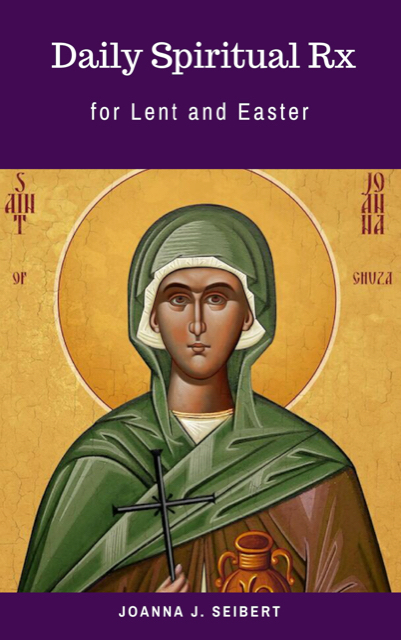Jesus Prayer
“Lord God, Lamb of God, that takest away the sins of the world, have mercy on me.”
This prayer is a modification of the Agnus Dei recited or sung in the Eucharist or Communion service at what is called the Fraction, as the celebrant breaks the consecrated bread. The prayer is also a modification of the ancient Jesus Prayer: “Lord Jesus Christ, Son of God, have mercy on me.” I have used this modification for years, on awakening, during the day—especially during difficult times, and as I fall asleep. When the Jesus Prayer or a modification is repeated continually, it is considered a Prayer of the Heart: opening the heart, with unceasing prayer, as called for by Paul in Romans 12:12 and 1 Thessalonians 5:17.
I have been to only one General Convention of the Episcopal Church. What I remember most is attending a special lecture by Henri Nouwen. I continually give thanks that I took time out of a busy day to go. I do not remember a word Nouwen said; but I do remember his presence. It was loving, accepting, not centered on himself, at peace with himself, the closest thing I have experienced to a holy presence. I can still feel that holiness in his writings.
Nouwen’s theme of praying the Jesus Prayer or Prayer of the Heart is found in Reaching Out: The Three Movements of the Spiritual Life. Nouwen contends that this practice moves our prayers from the head to the heart, as we realize that the answers to questions and the presence of God are in our heart. Nouwen’s thoughts remind me of the spiritual exercises of Anthony de Mello, who also recommends imaging our body and breath to move from our head to our heart and body.
The Jesus Prayer has been a part of my being, most particularly when I find myself living in fear. I have never said it unceasing 3000 times a day, then 6000, then 12,000 times a day, as was recommended by the 5th-century Egyptian Desert Fathers and by the 19th-century Russian monk to the anonymous Russian peasant in The Way of the Pilgrim. I confess that I do pray the Jesus Prayer more often when I feel my human limits are reached, indicating my powerlessness, rather than using the prayer on God’s terms.
Nouwen teaches about the paradox of prayer, learning to pray when we can only receive prayer as a gift. It is God’s Spirit, God’s breath, that prays into and with us. Instead, I so often use prayer, especially the Jesus Prayer, in times of weakness, as a support system, as a foxhole prayer, or when I no longer can help or control the situation and am desperate. Nouwen reminds us to pray the Jesus Prayer at the point when we are able to reach out to God, not on our own terms and needs, but on God’s terms. This kind of prayer then pulls us away from self-preoccupations, and challenges us to enter a new world, a great adventure, praying to our God who has no limits.
Nouwen’s book Reaching Out, about the spiritual journey and union with God using the Jesus Prayer, is one I keep readily available by my bed. I recommend it to those who come to me for spiritual direction if they are experiencing the absence of God. Nouwen writes that God is present, but God’s presence is so much beyond our human experience of being connected to another that it may be perceived as absence. Paradoxically, God’s absence is often so deeply felt that it can lead to a new sense of God’s presence.
This is also a good book to use in adult studies, especially in Advent or Lent.
The Way of the Pilgrim and The Pilgrim Continues His Way, a new translation by Helen Bacovin. Image, 1978.
Henri Nouwen, Reaching Out: The Three Movements of the Spiritual Life. Image, 1975.
Henri Nouwen, Desert Wisdom: Sayings from the Desert Fathers. Orbis, 1982.
Joanna. Joannaseibert.com
Purchase a copy of A Spiritual Rx for Lent and Easter from me, joannaseibert@me.com, from Wordsworth Books in Little Rock, or from Amazon.

